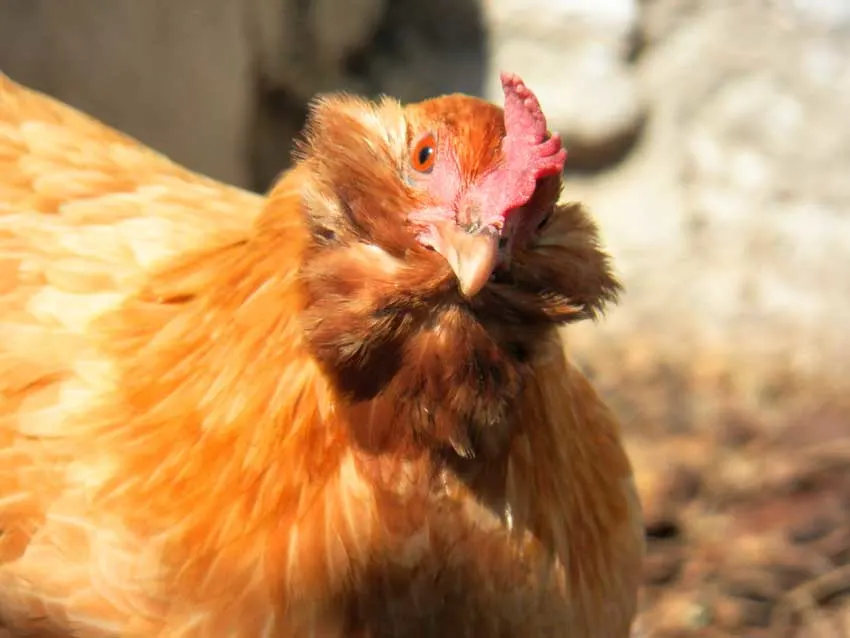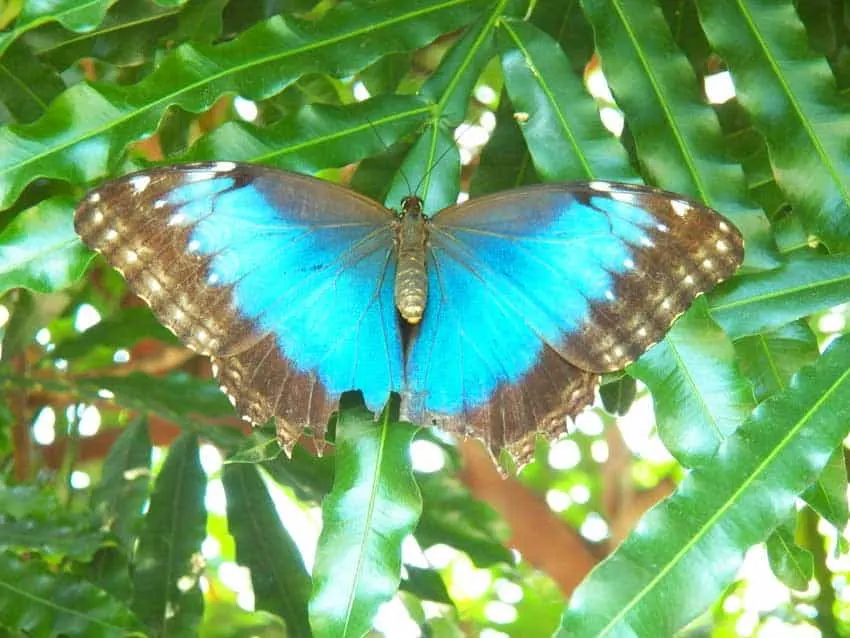See Florida Keys animal attractions while touring the Keys
Few places in the U.S. offer a road trip with such easy access to such a range of unusual and fascinating creatures, including dolphins, sea turtles, Key deer, tarpon and even butterflies and chicken.
Some of the Florida Keys animals you can see are rare and endangered, like the petite Key deer, which number less than 1,000. Some are so common as to be considered nuisances, like the colorful and feisty chickens that strut the streets of Key West.
Animal lovers (and most kids) will delight in them all.
It’s easy to organize your drive down the Overseas Highway into your own personal Florida Keys Animal Road Trip. Some of the stops are free or cost only $2; some have tickets that are expensive enough that you’ll probably want to choose only your favorite animal attraction.
Here are nine places to help you get wild in the Keys. For each of these places, more detailed information and photos are available through the Florida Rambler guides linked at the end of each section.
1. Swim with the fish. John Pennekamp Coral Reef State Park, Key Largo.

The Florida Keys wildlife you see here is all underwater. This is one of the most popular snorkeling spots in the continental United States. Snorkeling trips head to the reefs every day of the year. If you want to stay dry, there are glass-bottom boat tours. (If you’re prone to sea-sickness, make sure it’s a calm day.)
For those who want to see a few fish but not spend the money or time for a boat trip, Pennekamp offers very good snorkeling from its man-made Cannon Beach. The park has placed remnants of an early Spanish shipwreck about 100 feet off the beach. Fish congregate under and round the sea-life encrusted cannons and anchor.
Want to stay firmly on land? The visitor center has a 30,000-gallon saltwater aquarium.
FloridaRambler guide to John Pennekamp Coral Reef State Park
U.S. 1 Mile Marker 102.5, Key Largo
(305) 451-1202
Admission: $8 per vehicle, with a limit of eight people per vehicle.
2. Befriend the birds. Florida Keys Wild Bird Center, Tavernier.
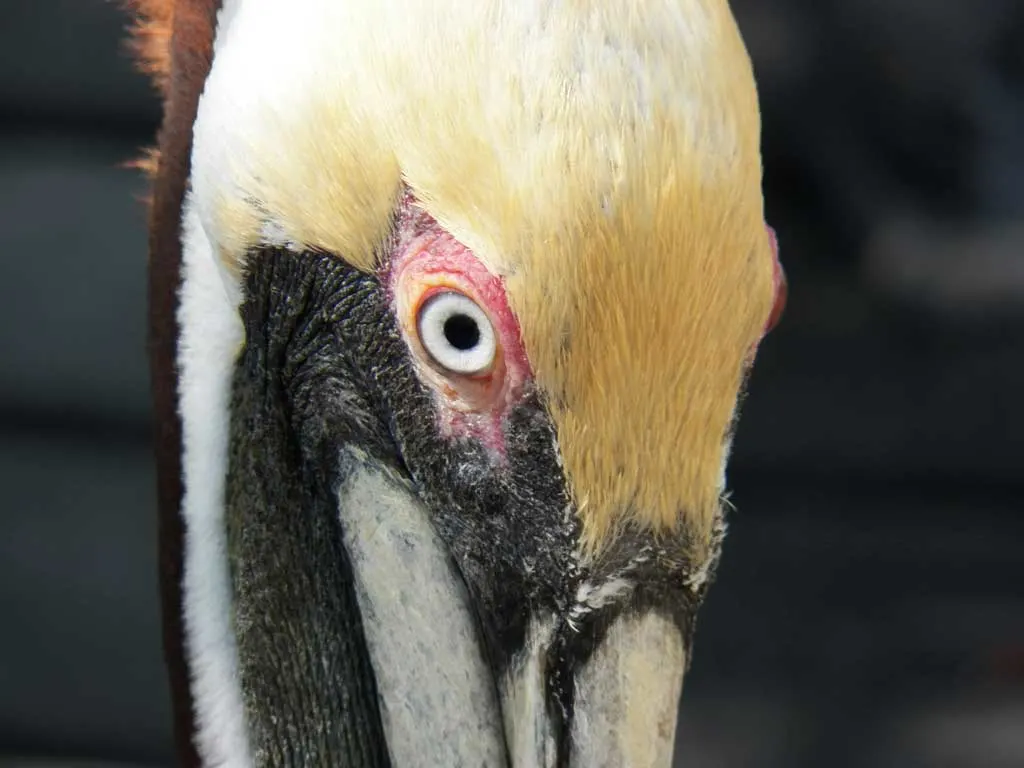
You’re sure to get close to a wide variety of birds native to the Florida Keys at this rescue and rehab center. Marked with only a crude sign, the center doesn’t look like much from the Overseas Highway. Its charm is in its informal, volunteer vibe. The shady mangrove forest is sectioned off via wire caging to create enclosures for injured birds.
But the place is full of birds outside the cages, too, with pelicans, herons and egrets hanging around hoping to snatch a little food.
Florida Rambler guide to Florida Keys Wild Bird Center
93600 Overseas Hwy MM 93.6
Tavernier
(305) 852-4486
Admission: Free. Donations welcome.
There is also a wild-bird rescue center in Marathon: Crane Point Museum and Nature Center, 5550 Overseas Highway, Marathon
There is also a wildlife rescue center in Key West, covered in this article.
3. Feed the tarpon. Robbie’s Marina, Islamorada.
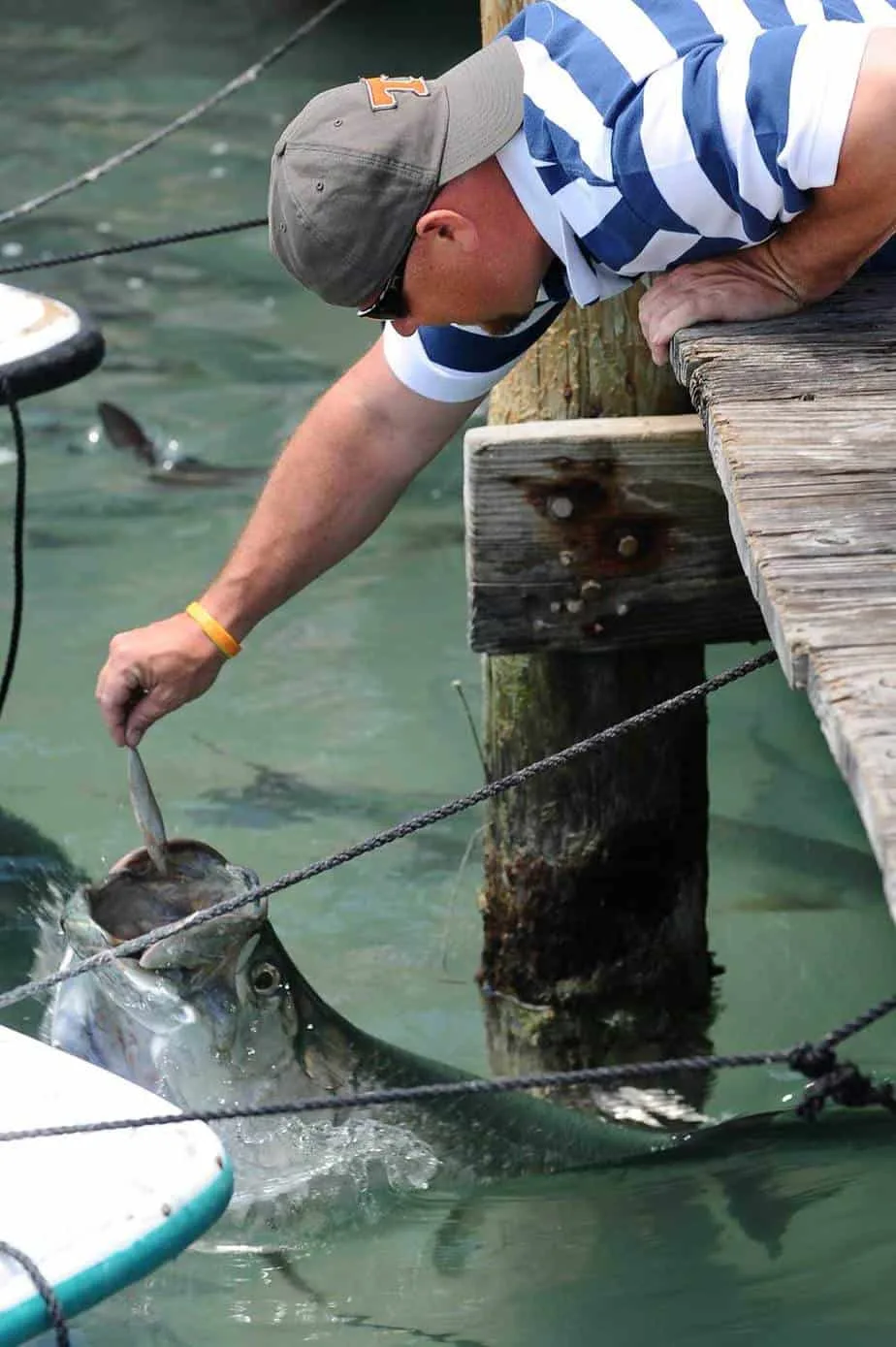
The big draw at Robbie’s is the chance to see 50 to 100 enormous tarpon swimming around the dock in clear water only a few feet deep. You pay $2.25 to go out on the dock and it’s another $4 for a bucket of fish to toss to them.
Tarpon grow to 5 to 8 feet long and weigh 80 to 150 pounds, so these aren’t the usual fish that gather when you throw bread crusts into the water in the Keys. These are among the great saltwater game fish, prized for their fight (but not as food.)
Florida Rambler guide to Robbie’s Marina
77522 B. Overseas Highway
Islamorada
(305) 664-9814
Admission: $2.25 to go onto the dock. $4 for a bucket of fish.
4. Get splashed by a dolphin. Various locations.
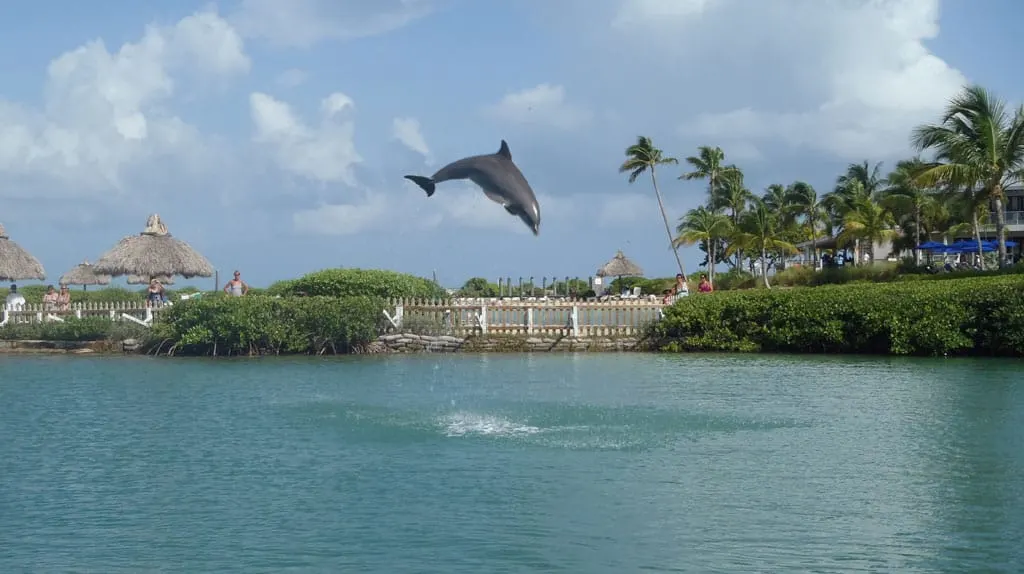
There are a lot of different ways to experience dolphins in the Keys: there are several swim-with-the-dolphins programs.
Theater of the Sea in Islamorada offers swim-with-the-dolphin experiences and entertaining shows.
Hawks Cay Resort offers a range of dolphins experiences, including trainer-for-a-day and swim-with-the-dolphin programs.
Several tour boats in Key West offer wild-dolphin-viewing trips.
There also is a non-profit educational facilty, however: Dolphin Research Center, where rather than choreographed shows, trainers hold informative sessions as visitors stand on the dock around open-water tanks. At a small group session, a staff member demonstrates how they train younger dolphins while visitors ask questions and watch dolphins swim immediately in front of them.The facility is built along the waterfront with beautiful views of Florida Bay and visitors are free to linger. While the tour and information sessions can be experienced in an hour or two, many visitors stay for several hours watching the dolphins and talking with the friendly, well-informed staff.
It’s also pretty entertaining to watch the guests who paid extra to interact with dolphins. The Dolphin Research Center offers a half dozen interactive options, ranging from an extra $50 to shake a flipper and touch a dolphin to $119 to take a dip with a dolphin to $695 for the all-day Trainer for a Day program.
Dolphin Research Center
58901 Overseas Highway
Marathon
(305) 289-1121
Admission: Adults $28; children 4 to 12 $23; children 3 and under free.
5. Support a sea turtle. The Turtle Hospital, Marathon.
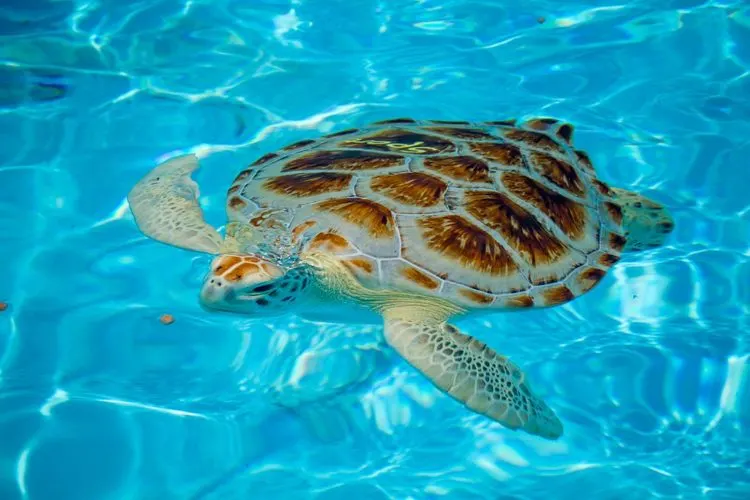
You probably won’t be lucky enough to see a sea turtle in the wild while in the Keys, although it is not uncommon for those who spend a lot of time snorkeling or scuba diving.
But you can get within arm’s reach of several varieties that frequent the Keys and even toss them some food at the non-profit Turtle Hospital.
Located in a former motel on the Overseas Highway, the Turtle Hospital supports its program of rescuing and rehabilitating about 100 injured sea turtles a year through the admission price paid by visitors. A 90-minute educational tour is given several times a day and visitors meet some of those turtles, such as Bubble Butt, the first and longest permanent resident of the facility.
Florida Rambler guide to The Turtle Hospital
2396 Overseas Highway, Marathon
Admission: $30 for adults; $15 for children 4 to 12.
Reservations are recommended: 305-743-2552
6. Glimpse a Key deer. National Key Deer Refuge, Big Pine Key.
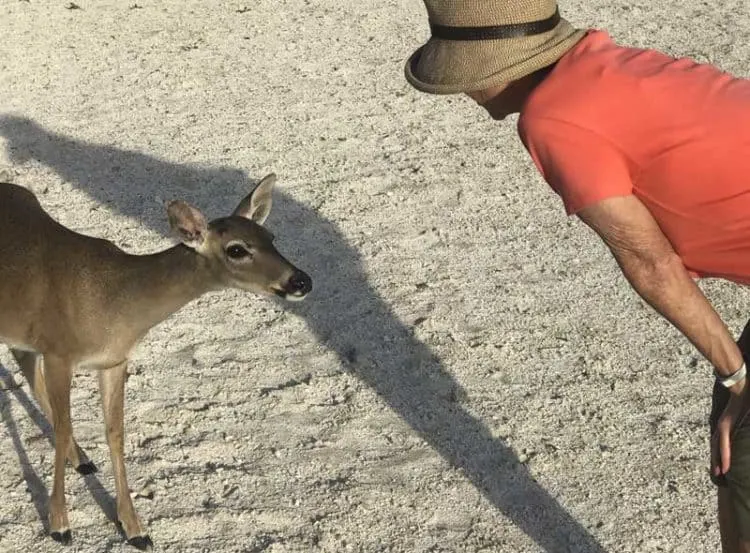
Driving through Big Pine Key, you are sure to see the warnings to slow down for Key deer — but it may take some effort to see the deer themselves because there are so few.
In 1957, there were only 27 Key deer left. With the establishment of the National Key Deer Refuge and its preservation efforts, the population has rebounded to an estimated 800.
So, how do you see a few Key deer?
If you get lucky, you might see them by the side of the road on the Overseas Highway. You can visit the visitor center for the National Key Deer Refuge for maps and information that will help you explore.
On a recent trip, we found what I think is a sure thing, though: In early evening we walked and bicycled through No Name Key, an island that is part of the refuge, and saw many Key deer. (Timing, of course, is everything.)
Florida Rambler guide on how to see Key deer and the nature center at the National Key Deer Refuge.
National Key Deer Refuge Nature Center
30587 Overseas Highway
Big Pine Key, FL 33043
Hours: Wednesday to Saturday, 10 a.m. to 3 p.m. (Closed Sunday to Tuesday)
Website
Admission: Free
7. Crow at a chicken, Key West
In your search for Florida Keys wildlife, you don’t have to work hard to spot Key West chickens — you hear them crowing and see them strutting everywhere. The colorful roosters and the mother hens followed by lines of tiny chicks weave in and out of traffic and through outdoor cafes all over town.
The chicken population grew so large that in 2004, Key West hired a chicken catcher to reduce the number. His work was controversial – plenty of people cherish the chickens — and the post was discontinued that year when he quit.
How, however, Key West has a solution to the “chicken problem” that seems to working well. More on chickens in Key West from Florida Rambler.
8. Behold the butterfly: In captivity at Key West Butterfly and Nature Conservancy and in the wild at Bahia Honda State Park
Key West Butterfly and Nature Conservancy is the most peaceful place in crazy, clamorous Key West. Located on Duval Street within a block of the Southernmost Point in the United States, it immerses you in a tropical garden where butterflies float overhead and flashy finches dart past waterfalls and koi-filled ponds, where flamingoes strut.
There are also two flamingoes sometimes on view — Rhett and Scarlett.
The conservatory is quite compact – it’s a 5,000-square-foot Plexiglas structure designed to look like a Victorian greenhouse.
Florida Rambler on Key West Butterfly and Nature Conservancy
1316 Duval Street
Key West,
(800) 839-4647
Admission for adults is $15 and $11 for children 4 to 12. But don’t pay full price. There are $2 coupons on brochures, maps and other promotional materials around town or you can use a AAA discount.
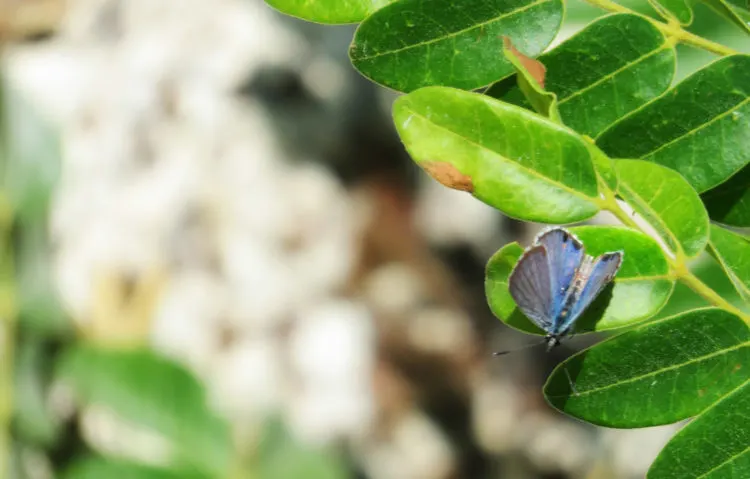
In the wild, you might get lucky and spot one of the rare, endangered Miami blue butterflies. The Miami blue was thought extinct until it was rediscovered in 1999 in Bahia Honda State Park in the Lower Florida Keys.
The Miami blue butterfly loves nickerbean plants, and Bahia Honda State Park carefully protects its mounds of nickerbeans. On a November 2022 visit, we saw several of the very tiny (the size of a fingernail) Miami blues fluttering around nickerbean plants on the trail up to the old saddleback bridge.
They don’t hold still and they’re so very small, but it’s a thrill to see an animal that was thought to be extinct. Here’s a Florida Rambler story about Bahia Honda State Park.
9. Florida Keys animals: Visit an aquarium
The Florida Keys have two aquariums — one that is historic and one that opened within the last decade.
The historic attraction is the Key West Aquarium built in 1934 to help boosts the Key West economy during the Great Depression. It’s quite small, but it does have a touch tank, a shark exhibit and gets high marks for being intimate and charming. A variety of fish are on exhibit including grouper, moray eels, barracuda, tropical fish, tarpon and parrotfish.
Located next to Mallory Square, it’s at the corner of Front Street and Whitehead Stree. in the historic district of Key West.
Admission is $21.44 for adults and $15 for kids 4 to 12.
Florida Keys Aquarium Encounters is also a small aquarium. It offers a variety of exhibits with admission price, but also offers hands-on “encounters” with various animals for an additional fee. General admission for adults is $24.50 and kids are $17.50. For example, it’s $95 to spend an hour snorkeling in the reef tank feeding the fish and touching some of the specimens. It’s $65 to interact with a stingray in a shallow tank. For $15, you can interact with young stingrays in a nursery tank.
Florida Keys Aquarium Encounters
11710 Overseas Highway
Marathon, FL 33050
10. Florida Keys animals: The unpopular invasive iguana
Visitors are often happy to see the prehistoric-looking iguanas sunning on the rocks or scurrying through the vegetations. Folks from South Florida, however, are totally over any fascination with these lizards.
South Florida is being overrun with these exotic creatures, escapees from the pet trade who have thrived in South Florida, like any number of other invasives, from boa constrictors to monk parrots.
Residents have come to despise iguanas, who voraciously consume many varieties of plants, especially flowering or ornamental ones. Colorful hibiscus, for example, are hard to find flowering in the Keys these days because they are a favorite iguana snack.
Iguanas can be killed humanely on private property. They can’t withstand cold, however, so that Florida legend is true: Iguanas do fall from the trees when it gets cold enough. Often, however, they revive when the sun comes out.
We don’t need to tell you where to see iguanas in the Keys. They’re everywhere.
Resources for planning your Florida Keys animal tour
- If you’re taking the Florida Keys Wildlife Tour, be sure to print out Florida Rambler’s popular and comprehensive Florida Keys Overseas Highway mile marker guide to help you find fish shacks, beaches, parks and other out-of-the stops on your visit.
Resources for planning a Florida Keys vacation:
- Mile marker guide with dozens of stops to help make the most of your drive south.
- 12 Keys animals not to miss and when to see them
- Tiki bars: Soak up the Keys atmosphere
- 12 great kayak outings in the Keys
- Top 10 pit stops on Overseas Highway
- Best beaches in the Florida Keys
- Bicycling the Florida Keys Overseas Heritage Trail
Special places to discover in the Florida Keys
- Bahia Honda State Park: Good beaches & a great bridge
- Free things to do in Key West
- Islamorada emerging as hub with museum, breweries
- Audubon House, a lovely refuge in Key West
- Historic Key West Cemetery is full of stories
- Historic Key West Seaport
- Biking or walking the Old Seven Mile Bridge
- Kayak or canoe to historic Indian Key
- No Name Pub worth finding on Big Pine Key
- Fort Zachary Taylor Historic State Park: Hidden gem in Key West
- Long Key State Park: Florida Key gem

The author, Bonnie Gross, travels with her husband David Blasco, discovering off-the-beaten path places to hike, kayak, bike, swim and explore. Florida Rambler was founded in 2010 by Bonnie and fellow journalist Bob Rountree, two long-time Florida residents who have spent decades exploring the Florida outdoors. Their articles have been published in the Sun Sentinel, the Miami Herald, the Orlando Sentinel, The Guardian and Visit Florida.

